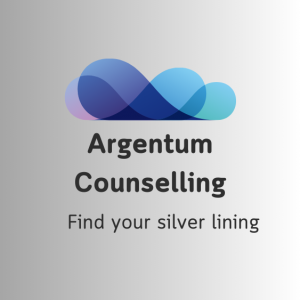If you have been diagnosed with ADHD, you have a problem with attention. You might have issues with attention that affect your everyday life.
If you do, read on:)
But what is attention, and what aspects of attention might we select? If we have different aspects of attention, can we approach the deficit in a particular way that adjusts it to an individual?
 We have four aspects of attention.
We have four aspects of attention.
Selective aspect of attention, i.e. the ability to focus on one thing at a time.
Divided aspect of attention, i.e. the ability to do two things simultaneously.
Shifting aspect of attention, i.e. the ability to swap between different sources of stimulation.
Sustained aspect of attention, i.e. the ability to maintain concentration.
If we follow this logic, we can imagine a perfect person who can select the essential stimuli from the environment and concentrate on a few simultaneously, comfortably shifting the attention between them and sustaining the efforts for unlimited periods.
This kind of person does not exist. Most of us fail in one or more aspects of attention.
We cannot select the things we want or must concentrate on. For example, we do not see the details, miss lines when we read, and get distracted by random noises or flashes of lights. We can even be distracted by our internal physiological processes or thoughts—rumbling belly, ringing in the ears, clothes tag.
Some of us are unable to divide our attention between tasks. We cannot listen to someone and look at their facial expressions, cook and watch TV simultaneously, or shop and pay attention to children.
Others cannot easily shift attention. Have you ever read a great book that you were immersed in and interrupted by someone and found the enormous anger building as fast as the national debt? Have you ever started a task but never finished it because it is challenging to shift your attention back to it?
Finally, we are unable to sustain attention for respectable periods. For example, we start daydreaming when someone talks too long. We do not know what we just read or watched. And so on.
 Which aspect of attention do you have an issue with, and how to improve it?
Which aspect of attention do you have an issue with, and how to improve it?
Please answer some questions to discover the characteristics of your inattention ( adapted from DSM-IV Checklist of Symptoms for Client).
To each question, you can answer: never, sometimes or often.
In the past six months:
- Did you fail to pay attention to details or make careless mistakes in studying, work or other activities?
- Had difficulty sustaining attention in tasks or leisure activities?
- Have you not seemed to listen when spoken to directly?
- Did not follow instructions and finish studies, chores or duties in the workplace (not due to oppositional behaviour or failure to understand instructions?)
- Had difficulty organising tasks and activities?
- Did you avoid, dislike, or be reluctant to engage in tasks that require sustained mental effort (e.g., studying, homework, leisure activities)?
- Have you lost things necessary for tasks or activities (e.g. pens, books, tools, study papers)?
- Were you easily distracted by outside events and stimuli?
- Were you forgetful in daily activities?
- Have you fidgeted with your hands or feet or squirmed in the seat?
- Have you left your seat in situations where remaining seated is expected (e.g. in classes, church, movies)?
- Have you experienced feelings of restlessness, especially in situations where it is inappropriate?
- Have you had difficulty engaging in leisure tasks quietly?
- Have you blurted out answers before questions have been completed?
- Have you had difficulty waiting your turn?
What areas of attention do you have the most deficits in?
For free consultation, please call: 07930826923







 about developing and maintaining habits. It will give you some ideas if you need help with executive function, especially starting tasks, switching, stopping, and starting again. My ADHD clients tested many methods, and the most effective seem to be the ones mentioned.
about developing and maintaining habits. It will give you some ideas if you need help with executive function, especially starting tasks, switching, stopping, and starting again. My ADHD clients tested many methods, and the most effective seem to be the ones mentioned.
 While working with ADHD clients, sooner or later, I hit the same roadblock, which is the most challenging obstacle to work with.
While working with ADHD clients, sooner or later, I hit the same roadblock, which is the most challenging obstacle to work with. 1. Working memory.
1. Working memory. 4. Attention shifting.
4. Attention shifting. 6. Planning.
6. Planning.